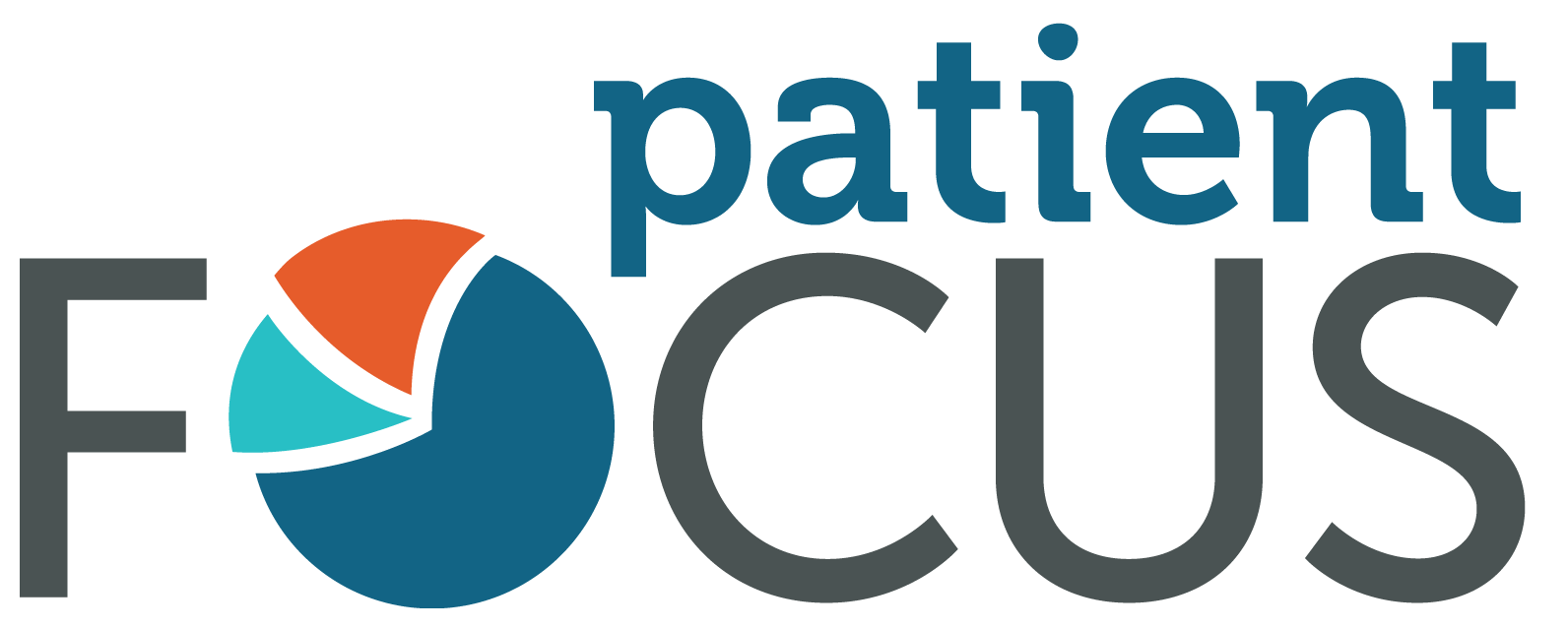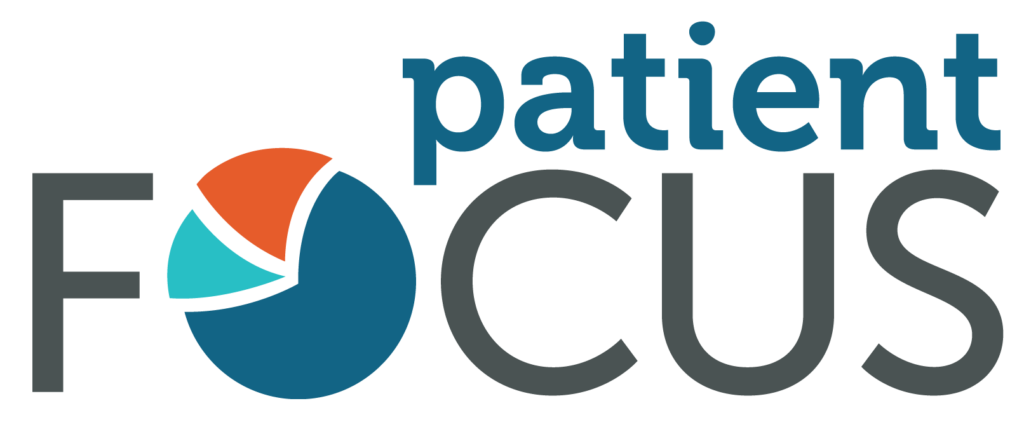When we started PatientFocus in 2010, the news was filled with stories about rising out-of-pocket costs and high-deductible health plans (“HDHP’s”) all of which were overwhelming patients across the US. Back then, a $5,000 deductible was considered a “catastrophic plan”. Since that time, those “catastrophic” health plans are standard offerings from most employers. Meanwhile, the financial pain of monthly premiums, co-insurance, and non-covered expenses has grown exponentially for patients. A new patient billing process is needed.
On the other side of the table, the role of physicians, hospitals, and other providers has been expanded to include clinician, biller, and creditor, a role most providers neither intended nor wanted to take on. When HDHP’s came online in earnest a little over ten years ago, very few of those news stories mentioned the difficulty physician practices and hospitals were having in managing the rising tide of patient billing and follow-up. An RCM director of a large physician practice told me once that 80% of billing offices across healthcare admit to struggling with patient billing, and 20% were lying about it.
Patient Billing Process and Systems
This struggle is rooted in the fact that almost all of the practice management and billing systems used by physician and hospital business offices are designed and built to file insurance claims. They were not intended to help patients understand and pay their bills easily or efficiently. To overcome these system limitations, billing offices have created numerous manual workarounds and added various “bolt-on” patient-billing solutions to their workflows such as online payment portals, call centers, and text and email messaging apps.
The result of all these manual efforts has required billing offices – already strained for resources – to add even more staff. New job titles like Patient Financial Counselor, Financial Navigator, and Patient Biller have become staple roles in the healthcare business office.
And then along came COVID.
In the face of the pandemic, healthcare business offices across the country sent their staff home to continue the billing process using cell phones, laptops, and spreadsheets. In many cases, outbound calls to patients about their bills either stopped completely or slowed to a trickle. Patients calling the business office to ask about a bill would end up in voice mail or waiting in a long call queue. Since then, business offices began opening back up and billing operations looked like they would return to some degree of normalcy.
And then came the Great Resignation.
Next Step Patient Billing Process
Over the past twelve months and along with several million other gainfully employed people, business office personnel began quitting en masse. One billing office manager with whom I spoke had nine of her staff quit in a single month. According to the US Labor Dept., 4.4 million people quit their jobs in September 2021, setting a record. Making matters worse, a recent study by Robert Half Talent Solutions predicts that 41% of workers will look for a new job in the first half of 2022.
In a March 21, 2022 Becker’s article on the top issues keeping revenue cycle leaders up at night, Patrick McDermott, Vice President of Revenue Cycle at Scripps Health (San Diego) stated, “High vacancies and leaves of absence — which may top 15 percent or more — are the top issue for many RCM departments”.
So we should just pay the staff more, right?
In response to these labor market forces, many practices and hospitals are raising wages for their business office staff. Ajay Srivastava, MD, director of the McLaren Flint orthopedic surgery residency program at McLaren Flint Medical Center in Flint, Michigan stated that his practice was “forced to increase wages by $2 to $5 per hour to hire or retain staff. Other practices had to increase the wages of entry-level jobs to up to $22 per hour. These increases cannot be offset as in other industries; thus, we budgeted a $200,000 increase in annual staffing costs”.
This tactic however can only work for so long for smaller practices and hospitals. Dr. Srivastava goes on to say, “Unlike other industries, medical practices do not control the prices they can charge for their services, as reimbursement depends on the insurance company’s contract and payment policies…When the cost of providing care increases, it can significantly affect a practice’s bottom line, with small, independent, private practices feeling the greatest impact. Competition among practices and hospitals for staff has raised wages to an extent that smaller practices cannot afford to pay the increased salary needed to hire and retain office staff”.
So what’s the solution?
Many non-clinical functions can be easily outsourced to firms with specialized expertise in a given area. With a shrinking labor market and rising wages, it makes sense that more physician and hospital business offices are outsourcing specific office functions to specialists in areas like prior authorization, denials management, and patient billing process. With the right fee structure for these services, in which providers pay based upon success or contingency-based arrangements, the ROI for outsourcing oftentimes exceeds 100%.
The Great Resignation has taught us that extending compassionate and focused care from treatment to the billing process is only possible if you’re doing it at scale. Patient collections are about relationships and maintaining relationships requires people.
When we partner with a client, we’re able to alleviate their staffing concerns because we were built to scale. We’ve spent the last 12 years with one goal in mind: delivering a seamless patient billing process that leverages billing software and talent to keep the patient at the center. From tech-based solutions like text-to-pay to more traditional outreach like mailed statements and outbound calls, our integrated approach and trained team of billing experts protect the patient experience without our clients adding staff and expense to manage the complex and immensely important patient billing process.
To learn more about how one of our clients was able to see a 94% year-over-year increase in patient-pay collections and a 359% ROI during the pandemic without adding additional staff click here.


